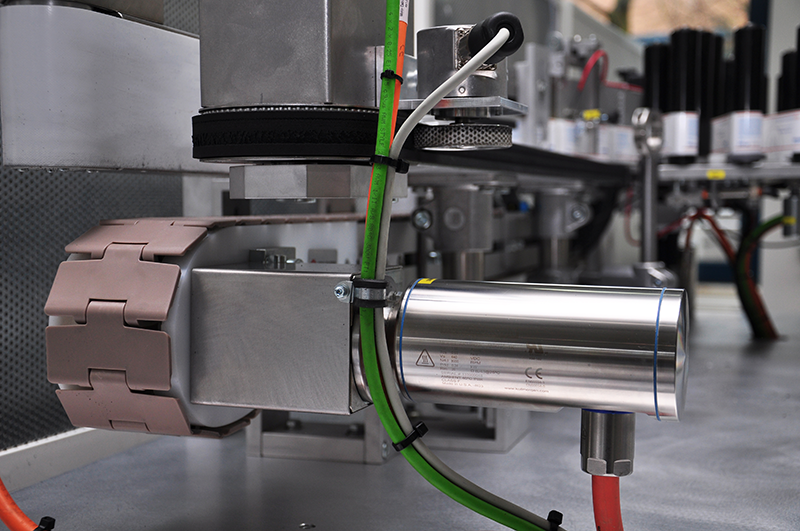
For many decades, a major manufacturer of advanced laser-cutting machines has partnered with Kollmorgen to solve each new motion challenge in an ever-evolving market. Today, more than ever, the company relies on Kollmorgen’s collaborative engineering expertise in the design of new motion systems that drive higher metal-cutting throughput and precision while meeting a range of price points to serve a diverse and growing customer base.
Challenge
In one example of collaborative problem-solving, the company called upon Kollmorgen’s motion expertise to help design a very high-speed, compact machine—essentially two laser-cutting machines in a single machine footprint—in order to meet a customer’s extreme high-speed throughput requirements.
Achieving the required production throughput in a compact machine was the first challenge. The design footprint had already been established, but the company couldn’t find existing motors to fit the installation envelope while providing sufficient power for the application.
The second challenge was to help the company create a new version of the same machine that could be offered at a substantially lower cost to reach a wider market. Solving this challenge would require reducing the motion system’s material costs while achieving nearly the same performance as the original design.
“We admire our partner’s ability to adapt over many decades to help aerospace, automotive, medical device, electronics and other customers achieve new capabilities. We’re proud to have been a part of it all, delivering the motion capabilities needed for each application requirement.”
—Josh Bellefeuille Motors Product Director Kollmorgen
Solution
The initial machine design would require ironless linear motors to meet the project’s goals for speed and precision. To deliver the needed power with no change to the installation footprint, Kollmorgen designed a customized winding that worked with a specialized, high-density magnet material.
Building on that achievement, Kollmorgen helped engineer a lower-cost version using ironcore instead of ironless motors. For a high-precision laser cutter, the challenge with ironcore motors is that the inherent attraction between the magnet way and the coil creates a cogging effect that can compromise positional accuracy. To maintain cut quality, Kollmorgen developed an anticogging software algorithm, built into the AKD drive, that reduces cogging by 90%.
Critical to the success of the project was placing a Kollmorgen engineer on the builder’s site to help the team achieve its goals, tune the solution and complete the new machine version on schedule.
Results
With the lower-cost ironcore motors and Kollmorgen’s anti-cogging solution, this version of the laser-cutting machine soon became the company’s biggest seller. Kollmorgen has also helped this partner extend its laser-cutting leadership in many other ways, including these selected examples:
- Enabling jet engines to be manufactured with hundreds of thousands of tiny laser-cut effusion cooling holes to revolutionize fuel efficiency.
- Helping the company move to a real-time EtherCAT bus architecture.
- How to optimize system performance with the servo performance tuner
- Developing a gantry mode algorithm to simplify tuning motion for gantry arms that must move in sync.
- Providing tuning and filtering capabilities that double velocity loop bandwidth, resulting in greater machine stability and throughput.















